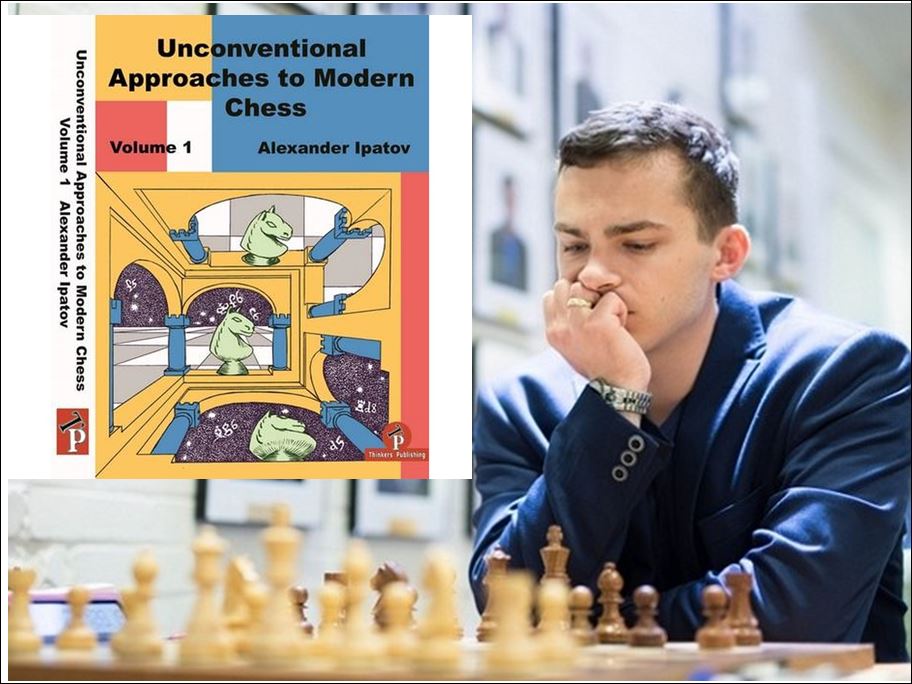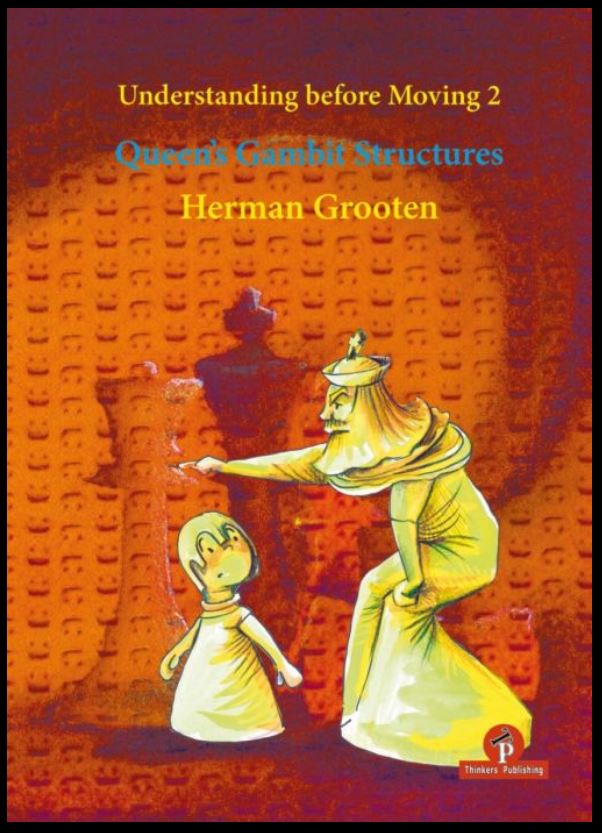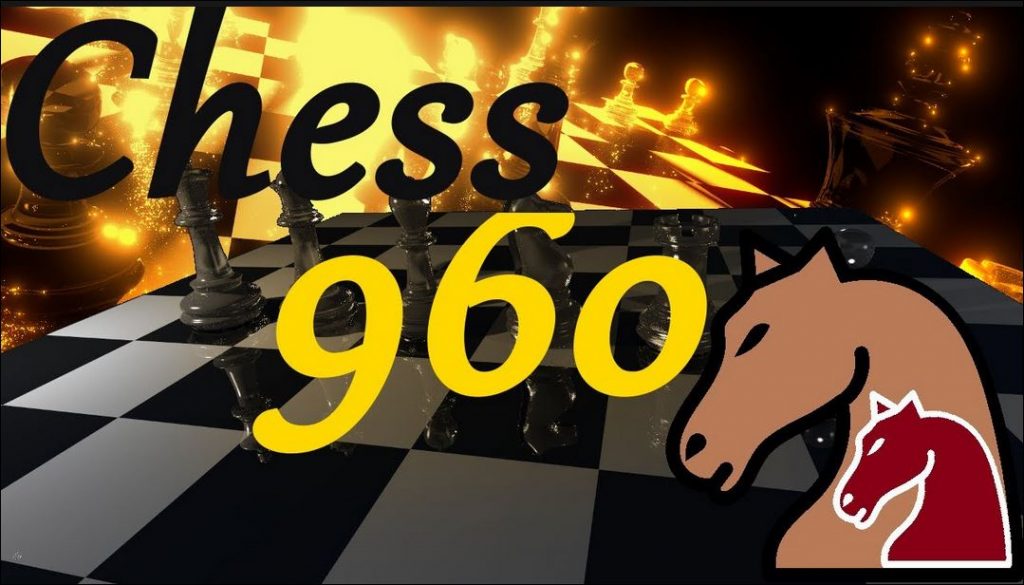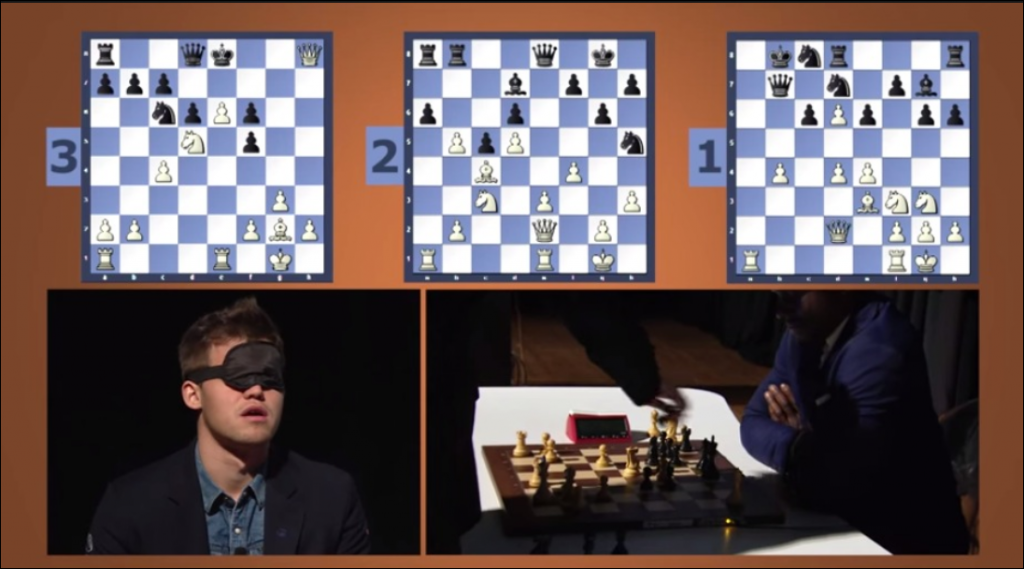
A long time ago, before COVID hit the world, I had the chance to talk to GM Alexander Ipatov and ask him how he became the strong player he is today. In this interview we can discover more on the genesis of a top grandmaster. How many hours a day he was studying when he began playing chess, which books, or games he was studying, how his coaches prepared him.
Special thanks to Thinkers Publishing Chief Editor: GM Romain Edouard, who gave me the chance to interview GM Ipatov.

Davide Nastasio: Could you tell for our readers how the chess journey began for you?
Alexander Ipatov: I was introduced to chess by my father when I was four years old. Two years later, my mom brought me to the local chess club in Lviv, Ukraine and this is when my chess career officially kicked off. I was fortunate to begin my chess journey in the one of the leading chess centers in the world, which has been producing top-tier grandmasters for the past half a century.

DN: Who coached you when you were young? (if there were interesting exercises, number of hours, etc)
AI: My first coach was Viktor Petrovich Scherbakov. He didn’t officially have a title (although I would estimate his level as a solid Candidate Master raised by the Soviet chess school) but was an excellent coach. He laid the right foundation from the beginning – I was exposed to classical books and openings four or five years before I got my first laptop (and hence, was able to use ChessBase software, Mega Database and engines). In contrast, nowadays, kids learn how to use chess engines before they learn (if learn at all) who Lasker or Capablanca were, and this is very sad.

AI: Amongst my first openings were Queen’s Gambit Declined and Petroff. These are the openings that were tested on World Championship level ninety years ago (e.g. Capablanca vs Alekhine match), thirty years ago (Karpov-Kasparov), or now (Carlsen-Caruana).

AI: The only regret that I have is that I wasn’t exposed to the Ruy Lopez positions as a child.

AI: I began playing it only when I grew older. Apart from exposing his students to the classics, Viktor Petrovich put serious emphasis on calculation. I recall those days when other kids and I were solving combinations on speed. In the end of the training day, we would count who solved more. I believe that this is when my fighting spirit was born. Finally, over summer time, when other kids had vacation, I would be solving endgame studies like crazy. It was normal for me to work 4-5 hours a day, at the beginning under supervision of my mother and later on my own.

AI: My second coach was Mikhail Rustamovich Kazakov. He was an International Grandmaster of 2470-2530 level. He taught me some openings and brought my calculation to a different level. Around that time, I also worked with Viktor Savelievich Zheliandinov and Alexander Hermanov. The former was a Soviet-chess-school master with enormous experience. He knew Botvinnik, Tal, Karpov, Geller and other old masters personally. In the 1990s, he was working with Vassily Ivanchuk who thought of Viktor Savelievich highly. He taught me how to analyze my games and how to think critically. It was absolutely invaluable. Alexander Hermanov showed me a couple of opening systems that I’m still playing nowadays and enhanced my understanding of chess analysis.
At a later stage of my life, I received help from many coaches: Miodrag Perunovic, Efstratios Grivas, Adrian Mikhalchishin, Evgeny Miroshnichenko, Alexander Beliavsky, Alexey Dreev, Andrei Volokitin, Sergey Tiviakov, Mykhaylo Oleksienko, Alejandro Ramirez. I’m sorry if I forgot to mention someone’s name!

DN: Which book/s influenced you most in your formative years?
AI: The first two books that pop in my mind immediately are the two volumes of Alexander Alekhine’s best games written by Alexander Kotov with special annotations by Alekhine himself. As a child, I also recall reading Lasker and Capablanca’s manuals, although those are less vivid in my memory than Alekhine’s. At my home in Lviv, I had a couple of hundred chess books (mainly in Russian). I would usually open a book and browse through it until I found something interesting to set that up on the chess board. I was also a big fan of reading chess history and stories.

DN: How did you become a grandmaster?
AI: Step by step and with pain and adventures. For example, I missed on my first Grandmaster norm five times – all by half a point. Many young players (or their parents) would have likely lost faith and quit chess but I simply hated to lose so my parents and I just kept on trying until it all came on its own. I got my first norm in the Moscow Open 2010 with two rounds to spare. A year later, I completed my International Grandmaster title requirements by securing the last two norms – at Cappelle-la-Grande International Open in France and Nakhchivan Open in Azerbaijian. Without support of my parents, I would have not been able to achieve the goal. Their love and support during my childhood was invaluable.
DN: Keres and many other GMs do describe their chess life like a via crucis, there are some pleasant experiences, but also a lot of pain, especially when one loses important tournaments or games, what about you?
AI: Honestly, I haven’t thought of it that way. As I mentioned earlier, I hated and still hate to lose so whenever I had setbacks in my chess career, I would get angry and try to get back, better. Of course, as any other chess player, I experienced many painful losses during my career but they never discouraged me to, say, give up chess.
DN: Is professional chess a good career option for the young today?
AI: This is a very good question. Personally, I strongly believe that parents should not push a child solely towards the life of a professional chess player without first giving him/her a well-rounded education in his/her teen years. On the other hand, I understand that oftentimes it is not easy to keep up with school and excel in chess simultaneously because the latter requires full dedication. For example, in order to reach a grandmaster level, one has to (properly) train 4-6 hours per day every day for ten years on average, and still, with no guarantee of success. So I really don’t know what to say to your question!

DN: Lately there has been a great talk of Chess960 as the future of chess, what is your opinion about it? Did you play it?
I have never played Chess960 (unfortunately, there are currently not so many tournaments in this discipline), but I strongly support the initiative. It is not a secret that modern classical chess is slowly agonizing – openings are extensively analyzed and everyone knows how to use chess engines. There is less of artistic merit, that has always been a crucial part of the game of chess, and more of blindly following computer recommendations and memorizing fashionable opening lines. This is very sad, of course. However, there are still ways of getting around this problem in classical chess – for example, by taking risk and agreeing to play (slightly) inferior, but double-edged positions with less opening theory.

DN: Can you play Blindfold games, and what is your opinion of blindfold play?
AI: I have never played blindfold games, but I think that this skill can be easily trained. Neutral.
DN: How far do you trust the computer evaluation of a position?
AI: More than I should. Overall, I would certainly trust computer in tactical positions and less so in more strategic/maneuvering positions. This opinion is shared by many grandmasters, as far as I know.
DN: If one side is attacking and the other side defending, who needs to calculate more? Why?
AI: I think that both sides need to calculate in a dynamic position. However, the defending side should perhaps be more careful. For example, if the attacking side miscalculates, he would likely be down in material or with worse pawn structure, whereas if the defending side misses a tactic, then he might just get mated.
DN: Is it better to rely on one’s own intuition and judgment rather than calculate endlessly and get into time trouble?
AI: First of all, it largely depends on the style of a player. For some players it is essential to go with the flow and rely mainly on their gut, whereas some players cannot take the decision until they have reasonably covered all the consequences (at the expense of their time as you said). In general, I think that the healthy mix of both would be the best – trust your intuition but verify it.
DN: What is your advice for a promising young player (2200-2300Elo category)?
AI: I would strongly recommend not to study opening theory at a young age and spend as least time with engines as possible. Young players should primarily focus on absorbing classical heritage, study endgames, typical pawn structures and corresponding plans, sharpen tactical ability and master the art of the analysis of their own games.

DN: Do you have any advice for senior players in the 2000 range?
I would give the same advice as above; it is universal!

DN: Now I’d like to ask you some questions about your books. In one sentence, what are your books about?
AI: The goal of the books is to address common misconceptions about modern chess and provide a feasible solution to “draw death” by exposing readers to the practical approach with a plethora of examples.

DN: How did you select material for your own books?
AI: I primarily relied on my own offbeat opening repertoire with Black for volume 1 and same for White on volume 2. However, while writing the books, I updated and significantly extended the original analyses. The reader will find a lot of ideas that either had never been properly covered in the chess literature or had never been covered under the angle that I presented it.
DN: Who is the targeted market for your book?
AI: I tried to make material accessible to chess players of all levels. Opening ideas covered in the books will be relevant to grandmasters as well.
DN: Everyone remembers your recent game against former US Chess Champion Sam Shankland where you implemented the novelty on move two: 1.d4 Na6 2.c4 e5. Did you cover this game in the book as well?
AI: Yes, I did. I paid enough attention to this game in Part IV of Volume 1!
DN: What are your present plans for playing?
AI: In February, I’ll play in the rapid collegiate chess team event hosted by the Saint Louis Chess and Scholastic Club. Best collegiate teams in the nation largely made up of international grandmasters will participate. In March, I will represent Saint Louis University at the Final Four in NYC. In May, I’m planning to play in the Summer Chess Classic tournament. This is an excellent opportunity to play against world-class players here in Saint Louis. Further in summer, I’ll likely participate in several strong opens, namely the World Open, US Open and a couple of others.
This concludes the interview, a big thank to Thinkers Publishing (https://thinkerspublishing.com/) for kindly helping make this interview possible. If readers wants to see more questions covered in future interviews please leave a comment.
